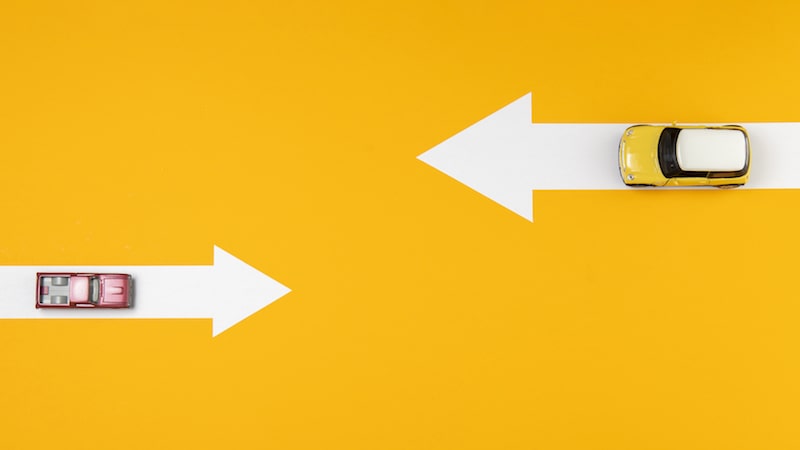Some states have policies that place a minimum as well as a maximum on the amount of insurance you can purchase for your car. You’ll find that in 48 out of the 50 states, there exists a minimum amount of auto insurance required for you to be allowed to drive. If you get into an accident with no insurance or a policy that falls below the state minimum, you could be facing legal issues.
The opposite is true for some states, a maximum amount of coverage is available. If the policy exceeds this maximum amount, the insurance company could get into trouble as they are breaching the state’s policy. So, what does this mean for you, the consumer? Well, it means you’ll have to better organize the amount of coverage you’re getting from a policy. You’ll need to determine what coverage options are important and what can fall by the wayside.
Limits Differ From State To State
How do you know what limits exist in your policy? Well, these limits will differ based on the state you’re purchasing the policy in. Whatever insurance company you’re purchasing from should know by heart the maximum amount of coverage you’re allowed to purchase. You can also do research into state regulations and discover the maximum amount you’re allowed to pay for insurance.
These limits are rarely that restricting, oftentimes you’ll find that you won’t want a policy that reaches those limits in most aspects. Your standard car insurance policy will fall somewhere in the middle of the cost spectrum and should provide ample coverage to keep you protected from financial ruin resulting from an accident.
Some policies are organized in a way that you can pick and choose how much coverage you pay for in varying parts. For example, you might purchase the maximum amount available for liability coverage but take a lower-priced option somewhere else.
How Much Insurance Do You Need?
This decision is completely circumstantial, and all based on you and what your situation demands. In order for you to find out the amount of coverage you need, you’ll have to take much into account. First of all, check the state regulations to get an idea of the price range you’re allowed to shop for. Know the minimum amount required and the maximum amount allowed – this will give you your legal price range.
Secondly, know how much you’re willing to spend. Chances are you won’t want the maximum amount of coverage anyways – unless you’re susceptible to accidents. Using your insurance is rare and is often a safety blanket to keep you secure for when it may occur. You don’t want to overspend on insurance you might not use, but at the same time, you don’t want to leave yourself unprotected.
This is known as comparing risk to rate – find the healthy balance between the price you’re paying and the likelihood of getting into an accident. This will help you find the best policy for your situation. Remember, each person is different and thus in need of a personalized auto insurance policy.
Who Is At Fault?
This will determine who pays who for what. If the other driver involved in the accident was at fault, you’re most likely not going to be held responsible for paying for repairs and replacements. If you’re responsible for the accident and insurance has agreed that you’re at fault, then you’ll be the one paying for any damages and injuries.
This is where insurance comes into play the most, as it will be covering the brunt of the cost. Having car insurance is specifically for protecting someone from having to pay for repairs out of pocket and so the fault of the accident is important in deciding who pays.
Liability Coverage
When it’s been determined that you’re at fault for the accident and repairs or replacements are deemed necessary, your liability coverage will come into play. Any injuries that occur during the accident will also be held against you financially. Having quality liability coverage will prevent you from having to pay more out of pocket to cover the costs. Higher rates mean the more your insurance will cover the costs.
When assessing the limits that your state has placed on insurance costs, be sure to note which portions of your car insurance are the most important. Most experts recommend placing the maximum amount you’re allowed to towards liability coverage as this is the most likely portion to be used.
On average, you might find that liability coverage has a minimum amount of $200 and a maximum of $700. Liability insurance might also be one of the cheapest forms of insurance when compared to other auto insurance costs, so don’t hold back when purchasing an insurance policy.

